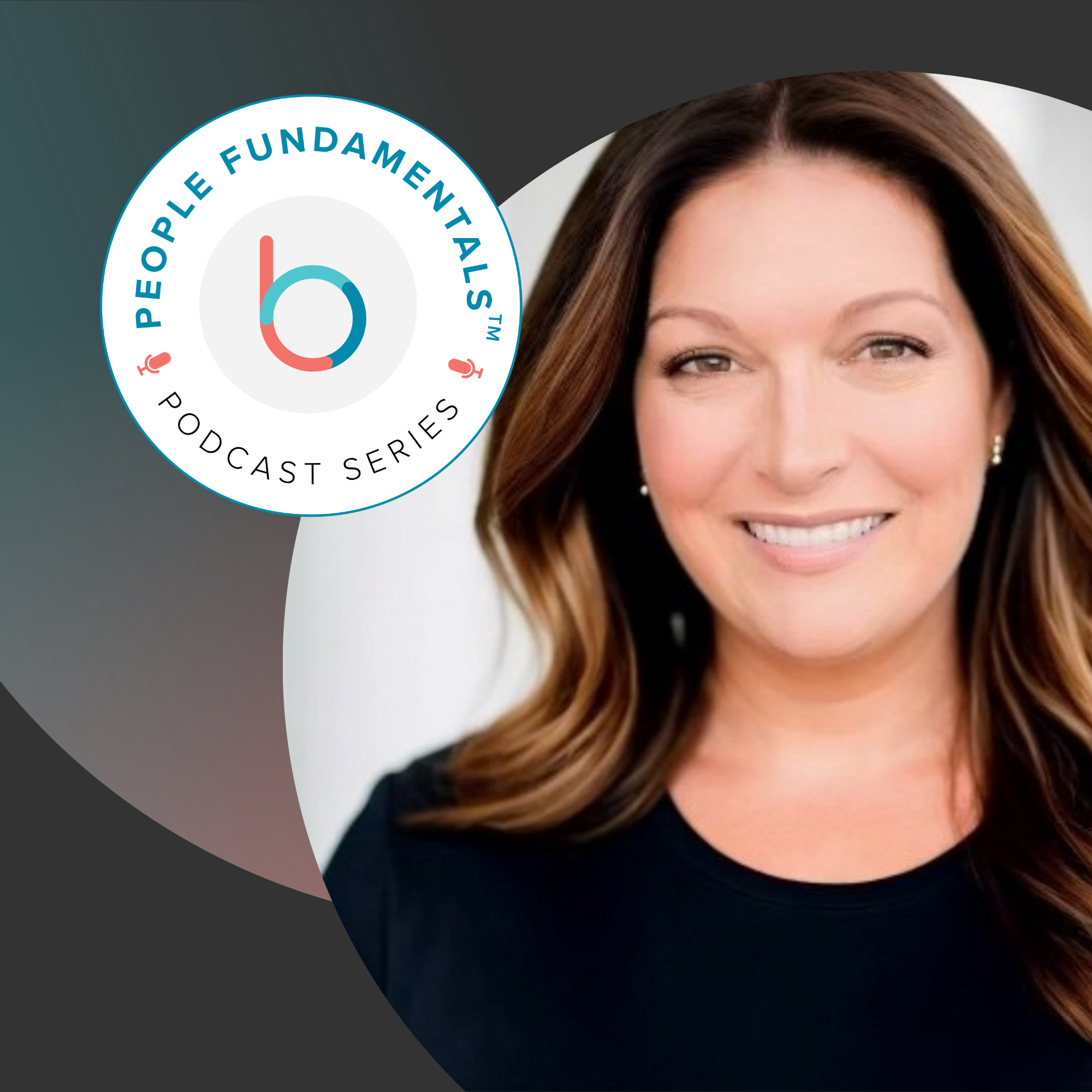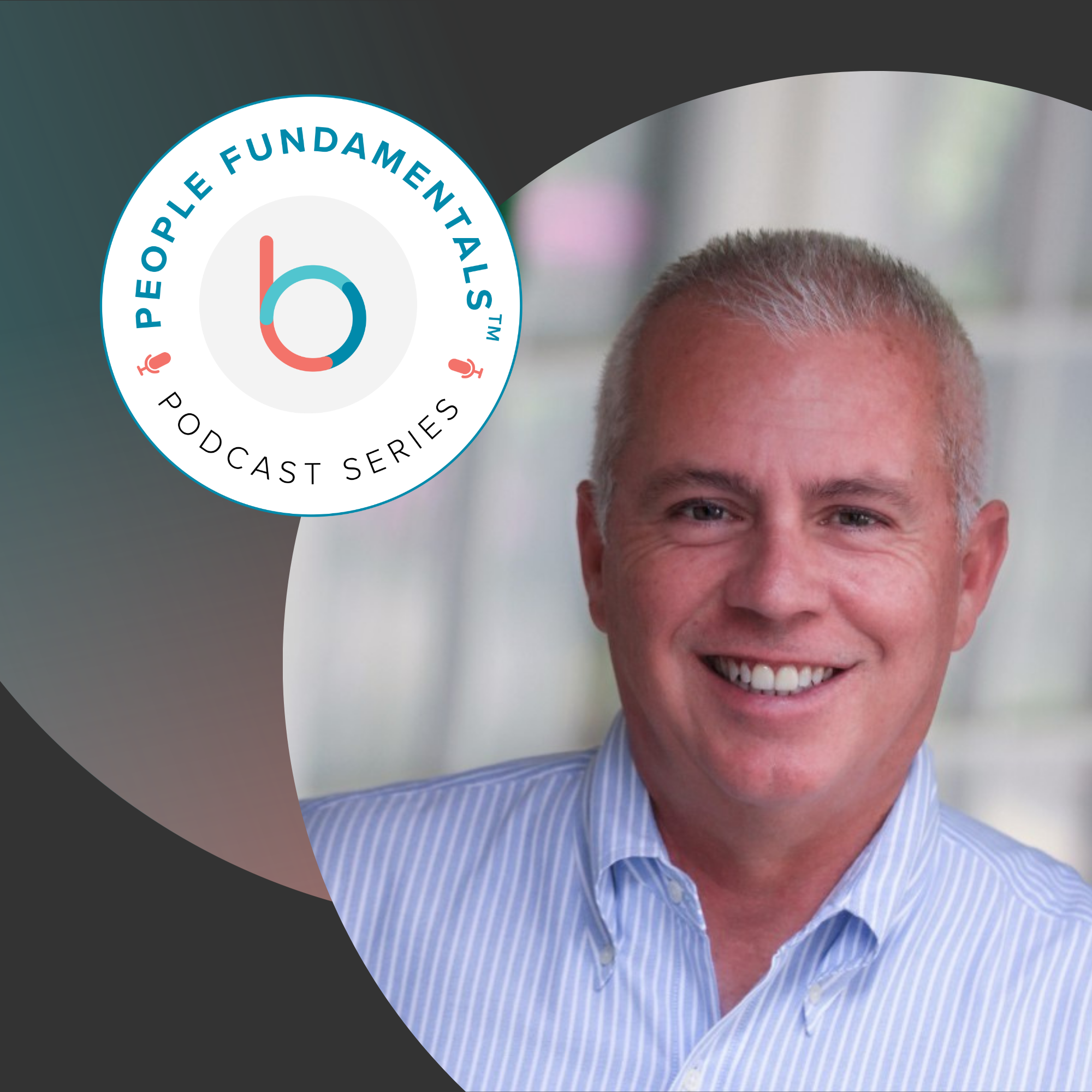Pandemic “Work from Home Forever” journalism is taking us back to an era I thought we’d buried long ago: top-down, hierarchical management. For example, on April 18 The Wall Street Journal published “You’re Working From Home, But Your Company is Still Watching You,” about the accelerating demand for various kinds of surveillance tools for bosses who don’t trust their remote employees.
The piece reported 10X order-growth for keystroke-tracking software, applications that take continuous videos or intermittent screenshots of employees’ laptops, minute-by-minute productivity analyses, and file-divers that let employers dig undetected into remote workers’ hard drives. CNBC and NPR published similar dystopian “The Boss is Watching You” reports.
A few days later a writer for Forbes asked my opinion of workplace software analogous to Sabermetrics in baseball — now used in all sports — that breaks game performance down to the tiniest detail. Dedicated Sabermetricians can now predict not only whether a player will swing at a high fastball, but whether he’ll spit sunflower seeds to the left or right depending on whether it’s a night game or day game. What role, the Forbes writer wondered, should this type of analytics play in a new world of universal remote work?
Here’s some advice for nervous managers from someone who’s been to a similar rodeo before — 2008’s global financial crisis. Calm down and trust the people you hired so carefully to execute your business strategy. Better yet, calm down and act out the Russian proverb popularized in the U.S. by Ronald Reagan: trust, but verify.
Business leaders I talk to report their early concerns about shrinking productivity in the WFH era are easing. People working from home are evidently maintaining productivity remarkably well, despite such barriers as spouses or partners also working from home in tight quarters and children’s home-schooling requirements, among other challenges.
Productivity, though, is table stakes compared to deeper and more important issues that bear directly on organizational success. What the smartest leaders are concerned about as employees continue to work from home should be:
- With our people working from parts known and unknown, how do we sustain business agility in a menacingly uncertain time?
- How do we maintain the engaged, motivated, unified culture we worked so hard to build as a standout organization and top employer in our industry?
- How can we develop an objective overview and roadmap to optimize our people’s progress toward our business goals and their professional goals…from wherever they are?
The wrong way to answer these questions is to return to the unmourned days of Big Brother micromanagement reported by The Wall Street Journal, NPR, and CNBC: lurking in employees’ laptops, looking over their shoulders. Forget workplace Sabermetric analytics, too. There are far more useful analytics available to measure things that truly matter. The definition of “good work” is not about the time put in. It’s about accomplishment.
The best way to align, unify, motivate and transform a remote workforce to move as an agile team toward an organization’s strategic goals is a method I’ve long championed: a software solution, integrated smoothly into a company’s workflow, that applies the combined concepts of Objectives & Key Results (OKRs) and Conversations, Feedback & Recognition (CFRs).
Transparency, accountability, and objectivity matter more than ever when there are no opportunities to untangle possible miscommunication or missed signals face to face. Successful leaders understand the importance of a performance management solution that enables clear identification of strategic organizational and personal objectives, defines key metrics of progress toward those objectives in an accountable way, and tracks every colleague’s achievement of those metrics — across the entire organization, C-Suite to the most junior employees — in a fair and transparent manner visible to all.
In a totally remote workplace, data matters more than ever in assessing how an employee is performing. Data is the gold spun by the interactions required to set company and personal goals, define key results aligned to those goals, the frequency and nature of conversations between managers and employees working toward those goals, and various types of manager/worker feedback (nudges, cheers, etc.).
What results is unquestionable, objective data that tells an employee and the company how that employee performed over a set period of time, and how to improve that performance as we all move forward into an era that will doubtlessly demand much of workers and their leaders, but, maddeningly, we’re not sure exactly what. Which makes objective data even more crucial.
One final point: I mentioned the definition of “good work” is not about time put in, but accomplishment. The same applies to defining “good work/life integration.” Working from home, as we’ve all been doing the last few months, illustrates why “work/life integration” has superseded “work/life balance” as a key ingredient of the recipe for a good life.
Aside from scheduled team meetings, everyone’s day is structured differently because everyone’s situation is different. Some people do their best work in the morning, some in the evening. Some have school-age children to teach at home, some have little ones, some have none. There may be dogs to be walked, definitely exercise to do when it feels best. Now that “going to the office” is not an option, OKRs and CFRs are finely calibrated methods that empower us to integrate the elements of our day — family, work, exercise, leisure time — while maintaining group momentum toward our organizations’ success.
Whether remote work is a temporary phase or a true new normal, I believe more strongly than ever that wise use of an OKR/CFR system is the best way for an organization to get the best work from, and give the best-integrated work/life experience to, the prime determinants of its ultimate success: its people.






